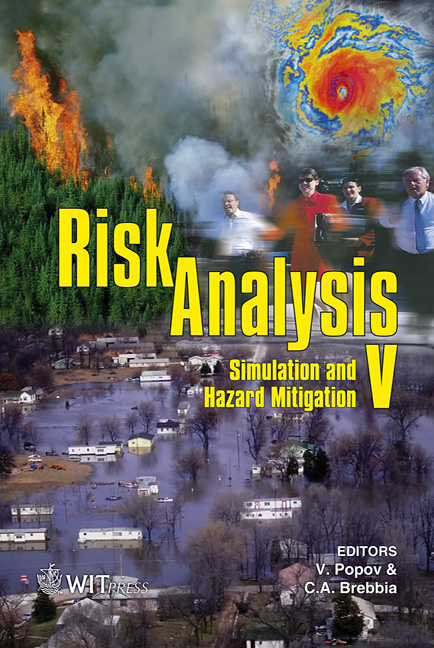Storm Surge Induced By Extratropical Cyclone Gudrun: Hydrodynamic Reconstruction Of The Event, Assessment Of Mitigation Actions And Analysis Of Future Flood Risks In Pärnu, Estonia
Price
Free (open access)
Transaction
Volume
91
Pages
10
Published
2006
Size
906 kb
Paper DOI
10.2495/RISK060231
Copyright
WIT Press
Author(s)
Ü. Suursaar & J. Sooäär
Abstract
The aim of this paper is to analyse the impact of the hurricane Gudrun on the coastal environment, economy and crisis management of Estonia. The cyclone travelled across the Irish, North and Baltic Seas on 7–9 January 2005. Over the course of the storm, at least 17 people lost their lives in Nordic Countries, including one senior citizen in Pärnu, Estonia. The storm caused the new highest recorded storm surge (275 cm) in Pärnu Bay. Estimated losses due to wind damage and primarily due to flooding of the urban areas of Pärnu and Haapsalu reached 0.7% of the GDP in Estonia. The previous highest surge (253 cm) took place nearly 38 years ago and the scale and consequences of the new flooding were quite unexpected both for the population and authorities. The event received massive press coverage and activated a broad discussion, as some serious deficiencies in flood forecasting and mitigation abilities in Estonia were revealed. Keywords: storm surges, hurricanes, sea level, return periods. 1 Introduction The hurricane known as Gudrun in the Nordic Countries and Erwin in the British Isles and Central Europe crossed the Irish, North and Baltic Seas on 7–9 January 2005 causing the new highest recorded storm surge (275 cm) in Pärnu, Estonia.
Keywords
storm surges, hurricanes, sea level, return periods.





